Table of Contents Show
The next installment of Star Wars television shows, The Bad Batch, takes place in the immediate aftermath of The Clone Wars series finale. In The Bad Batch, fans will get to see the effects of Order 66, the fallout of the Galactic Republic, and the birth of the Galactic Empire through the eyes and lives of a self-named “bad batch” of clones.
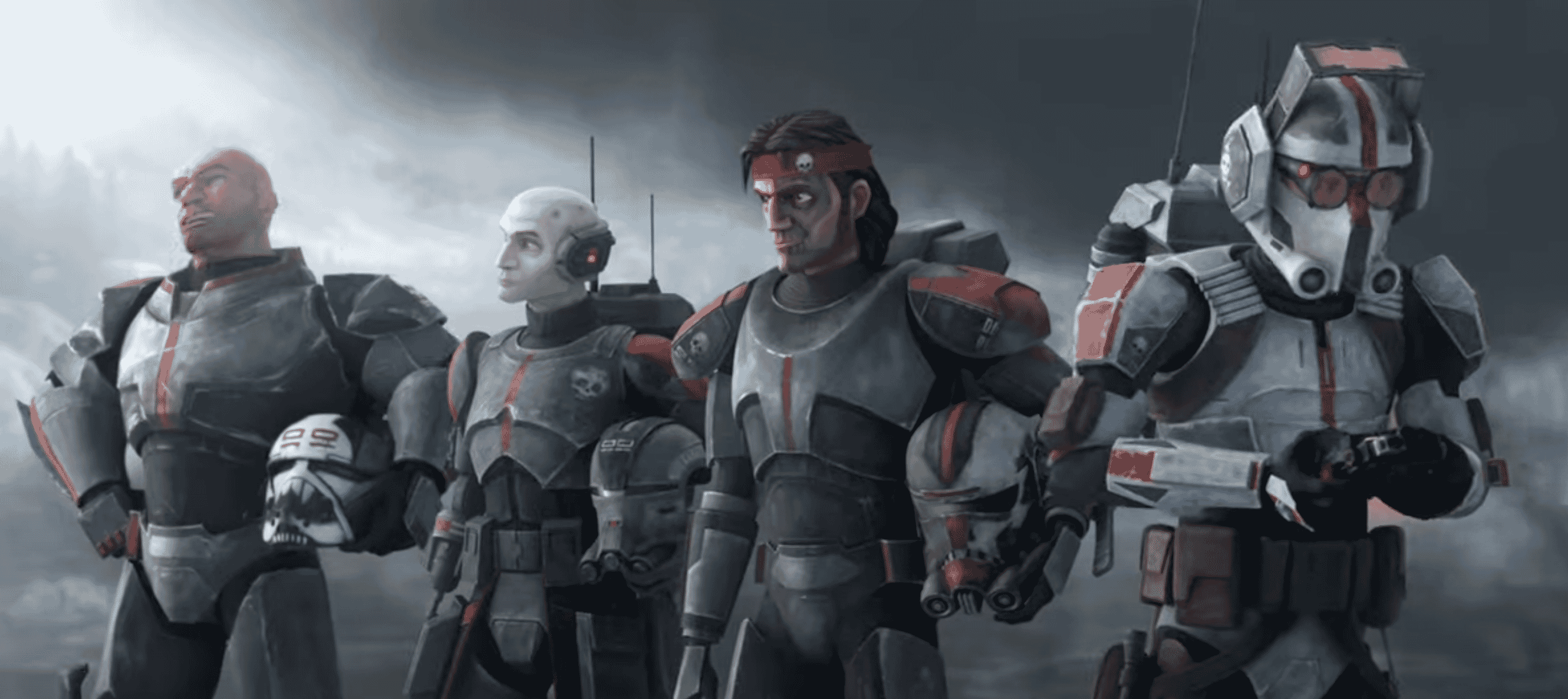
Each member of this “bad batch” was bred with enhanced abilities that make them unique from the “regular” clones that make up the Grand Army of the Republic (GAR). The Bad Batch ― Hunter, Wrecker, Tech, and Crosshair ― made their debut in season seven of The Clone Wars and added long-recurring clone Echo to their ranks in their debut. We know you probably don’t have time to rewatch all seven season of The Clone Wars on Disney+, but here’s the essential arcs and episodes to help refresh your memory so you can go into The Bad Batch feeling prepared.
Season 1, Episode 5: “Rookies”
This episode from season one shows us Echo, future member of the Bad Batch, for the very first time. He and his brothers are stationed on their first assignment on the Rishi Moon outpost when the Separatists launch an attack the same day as a base inspection from Captain Rex and Commander Cody. This first look at Echo and his obsession with standards, regulations, and following orders shows just how far his character has come from the beginning to the end of the Clone Wars.
Besides being an introduction to Echo’s character, “Rookies” shows the workings of the GAR and a standard clone unit. It’s an entirely clone-centric episode without any Jedi, so we get to see how the clones interact with each other and work together to solve any problems that might arise. Even though the clones in the episode are “rookies,” nicknamed “shinies” by Rex and Cody, they show honor and bravery in their efforts to defend the outpost on Rish; something Echo replicates many times throughout his career in the GAR.
Season 2, Episode 10: “The Deserter”
In “The Deserter,” audiences are introduced to some of the specifics of how the Kaminoans program their clones for loyalty through the meeting of loyal Captain Rex and “deserter” clone, Cut Lawquane. I thought it would be interesting to include this episode from my favorite arc of the show because of how it presents the clones’ concepts of independence and loyalty. Rex is forced to confront his perspectives on loyalty to the GAR when his ship crashes on Saleucami, and he meets the Lawquane family. He is horrified at the thought that a clone would desert his brothers in the GAR when there is so much evil in the galaxy.
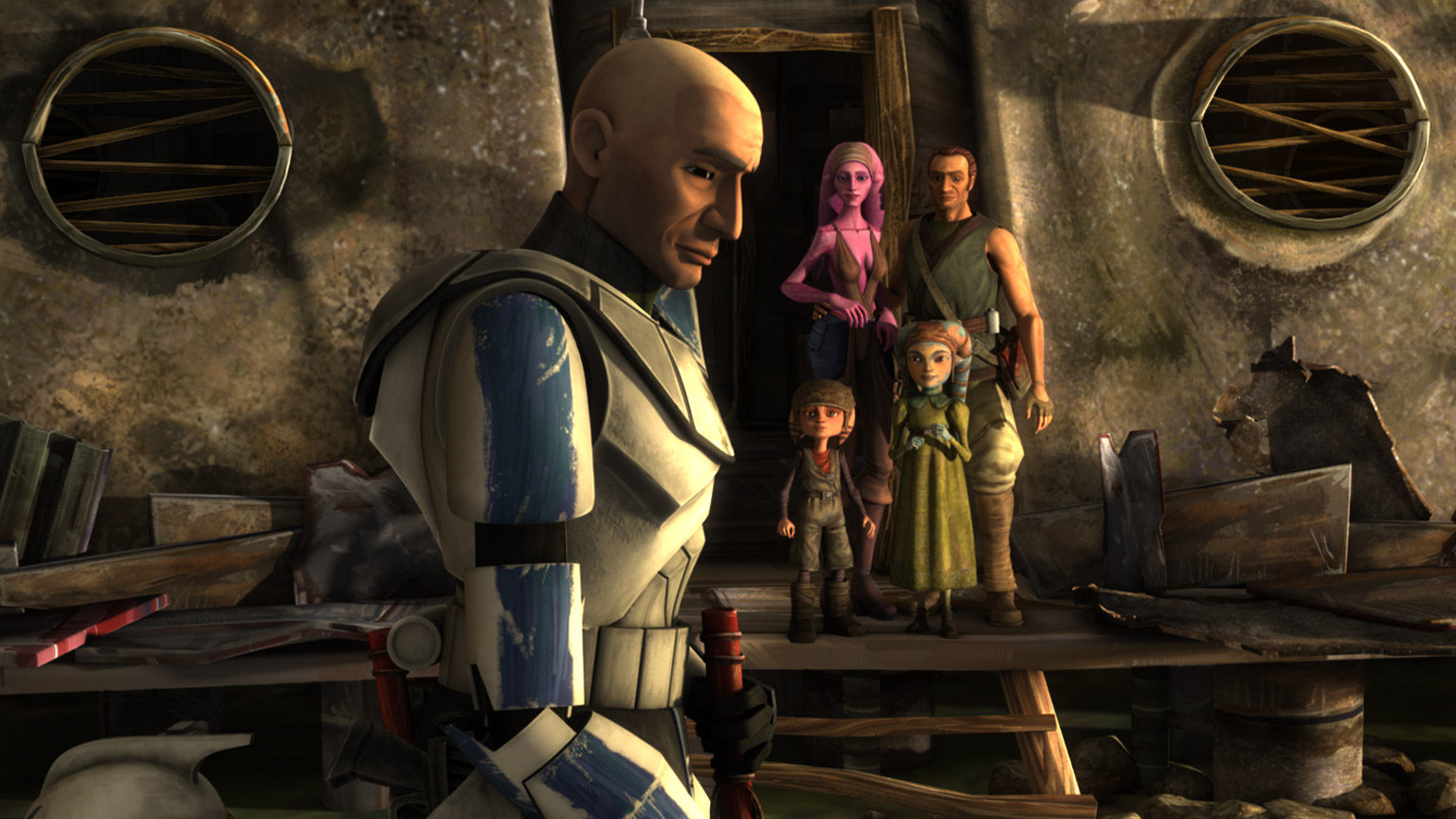
Cut explains to Rex that after the First Battle of Geonosis — the very first battle of the Clone Wars, featured in Attack of the Clones ― he deserted because his ship crashed and all his brothers were slaughtered. In this conversation, Cut asks Rex if his loyalty to the GAR and the Republic is genuine or if he stays because of his programming. He also asks him if he’s ever considered having a family before, where it appears that for the first time, Rex questions his loyalty programming and the goals of the GAR. This conversation reveals spades about the lives of the clones and their ability to choose lives for themselves with or against their programming. It also introduces the question of what the clones could possibly do after the war is over, and their function has been fulfilled.
In the same conversation, Cut brings up the fact that the Kaminoans who bred them and the GAR only see the clones as numbers even though the clones are individuals. This makes an interesting complement to the clones who make up the Bad Batch, who were specifically bred to have physical or psychological enhancements and are known to be unconventional and disobedient. While devoted to fighting the Separatists, the members of the Bad Batch could be seen as having more “choice” than a regular clone like Rex because of their breeding.
Season 3, Episode 1: “Clone Cadets”
This Season 3 episode shows a younger Echo, eager to become an ARC trooper, and the “original” bad batcher: an older, disabled clone named 99 who performs maintenance on the Kamino cloning facility. The official episode description calls the Domino Squad, made up of Echo, Hevy, Cutup, Droidbait, and Fives, a “bad batch” since they are unable to work as a team effectively. The Citadel training course that this episode is centered around is also prominently featured in the second trailer for The Bad Batch, indicating a return to Kamino and to the themes of training and unconventionality in “Clone Cadets.”
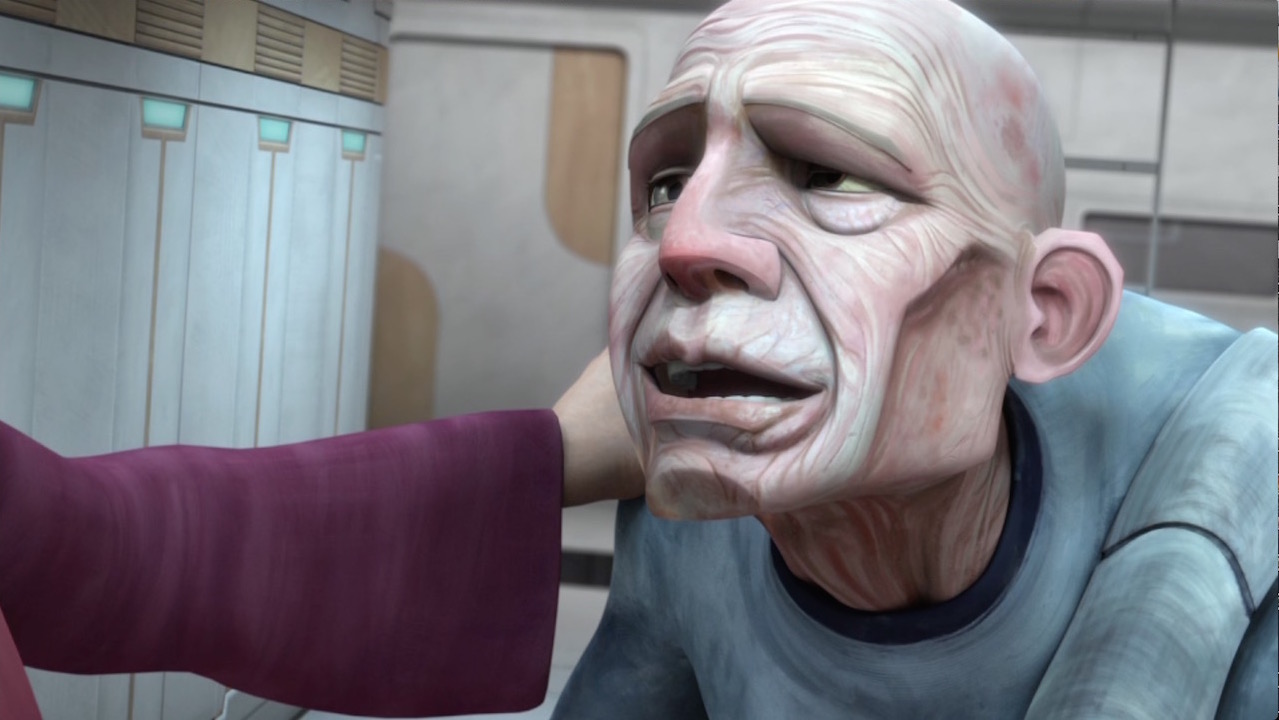
The Bad Batch — also called Clone Force 99 — are named after the aforementioned old clone, likely out of homage and respect to him. The Bad Batch clones take pride in their name and differences as well, which implies that the title is a reclamation of the pejorative “bad batch,” which refers to clones who cannot perform or fight at the standards the Kaminoans desire. 99’s existence as a “bad batcher” acts as a very threat to the clones who want to pass their training; the Kaminoans “need” 99 to exist as a perverse kind of motivation to ensure that their clones join the GAR and that none of the DNA is wasted. The discussions of DNA, clone training, and clone programming in this episode, as well as “bad batches,” will prove to be relevant in The Bad Batch. This is a great episode to return to and the one I thought of first when making this list.
Season 3, Episode 19: “Counterattack”
The Citadel Arc from season three sets up the later Bad Batch arc in Season 7 because it establishes why Echo works for the Separatists. “Counterattack” is the second episode from the three-episode arc, but I definitely recommend watching all three episodes if you have the time. This episode depicted Echo’s sacrifices and presumed death, which led to him being left behind at the Citadel prison complex. Echo’s “death” and cyborg-ification by the Separatists will likely be explored in more detail in The Bad Batch since these events began his journey towards becoming a member of the Bad Batch.
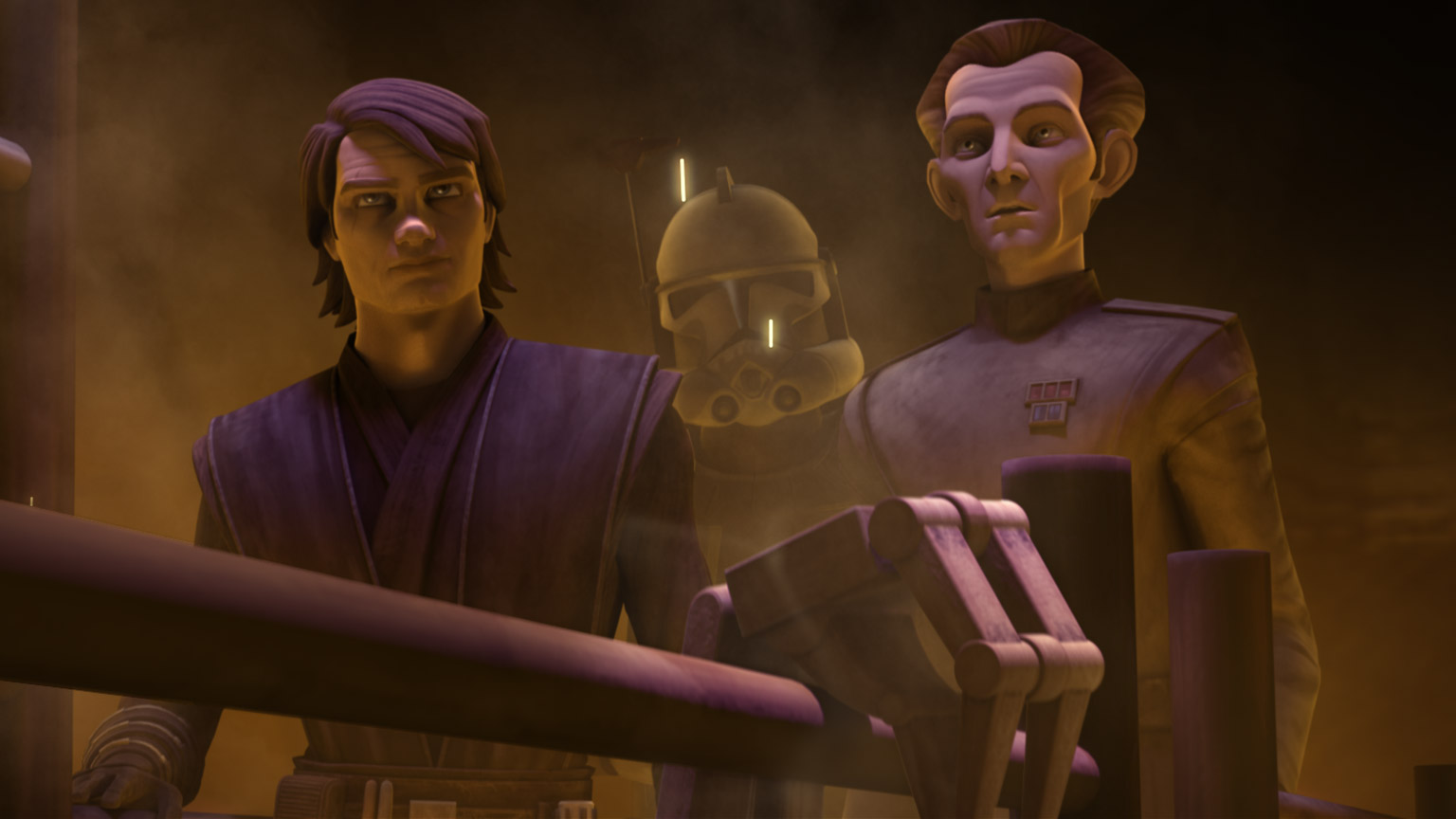
A young Wilhuff Tarkin is featured prominently in this episode (and arc) as well. He makes his first appearance in The Clone Wars in the preceding episode, “The Citadel,” but I opted to only include this episode from the arc since it featured Echo’s death. In this episode, we get to see Tarkin’s rather self-serving, conniving, and up-reaching behavior. He also makes an early criticism of the Jedi Order and the Galactic Republic’s Senate, which will be explored in The Bad Batch as the Galactic Empire takes power. While not an explicitly clone-centric episode, it features two major characters ― one protagonist and one antagonist ― from The Bad Batch at pivotal moments in their storylines.
Season 7, Episodes 1-4: The Bad Batch Arc
And, of course, you should absolutely watch the entirety of the Bad Batch arc. These episodes are definitely the most essential to watch The Bad Batch, so prioritize these if you want to get to know all of the members of the Bad Batch and what their role in the GAR is. This arc from the final season of The Clone Wars was written to explicitly introduce the characters of The Bad Batch, which will be exploring what happens in the immediate aftermath of Order 66.
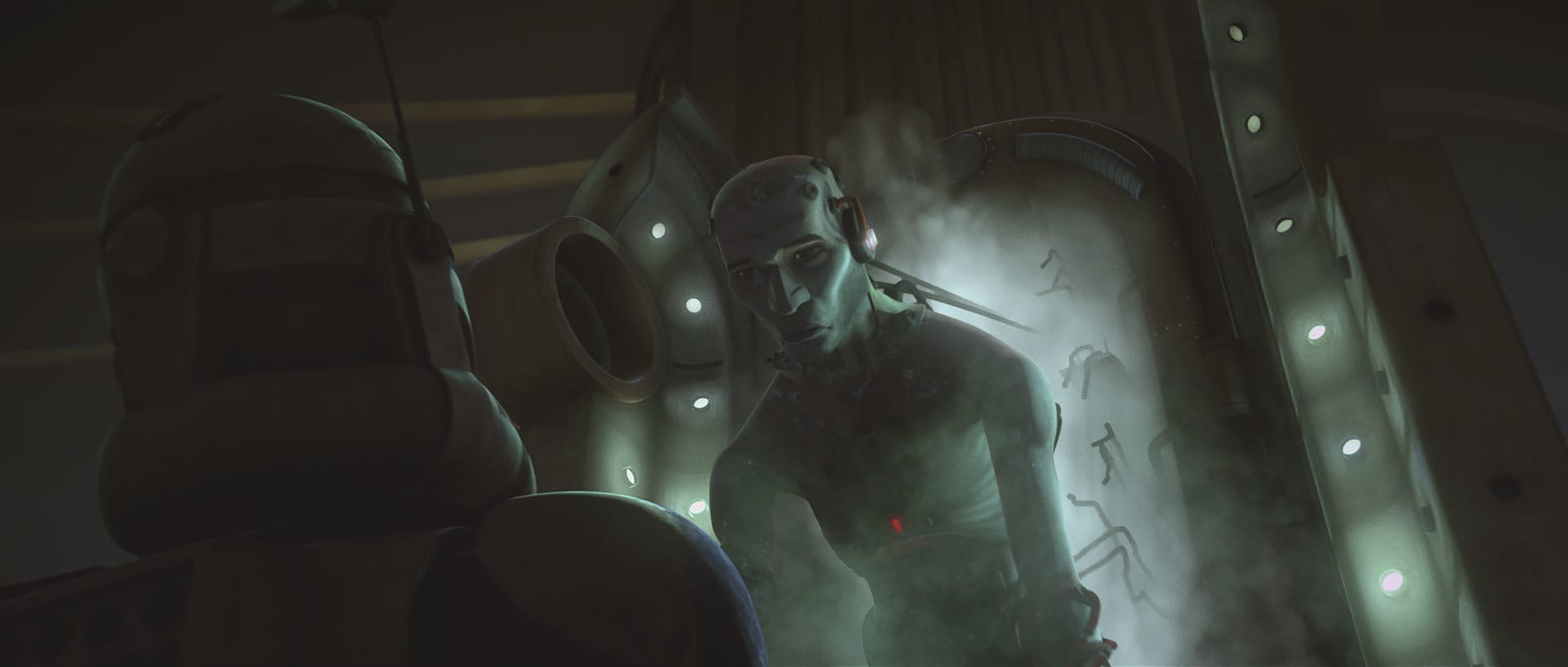
Most importantly, we get to see how Echo, a former order-following and “regular” clone, becomes a member of the Bad Batch. Echo’s forced enhancements from the Separatists become a positive asset to the Bad Batch and help Echo find a way to continue serving in the GAR despite his differences. Like every other clone unit in the GAR, the Bad Batch is a family; their acceptance of Echo into their unit is an extension of that theme.
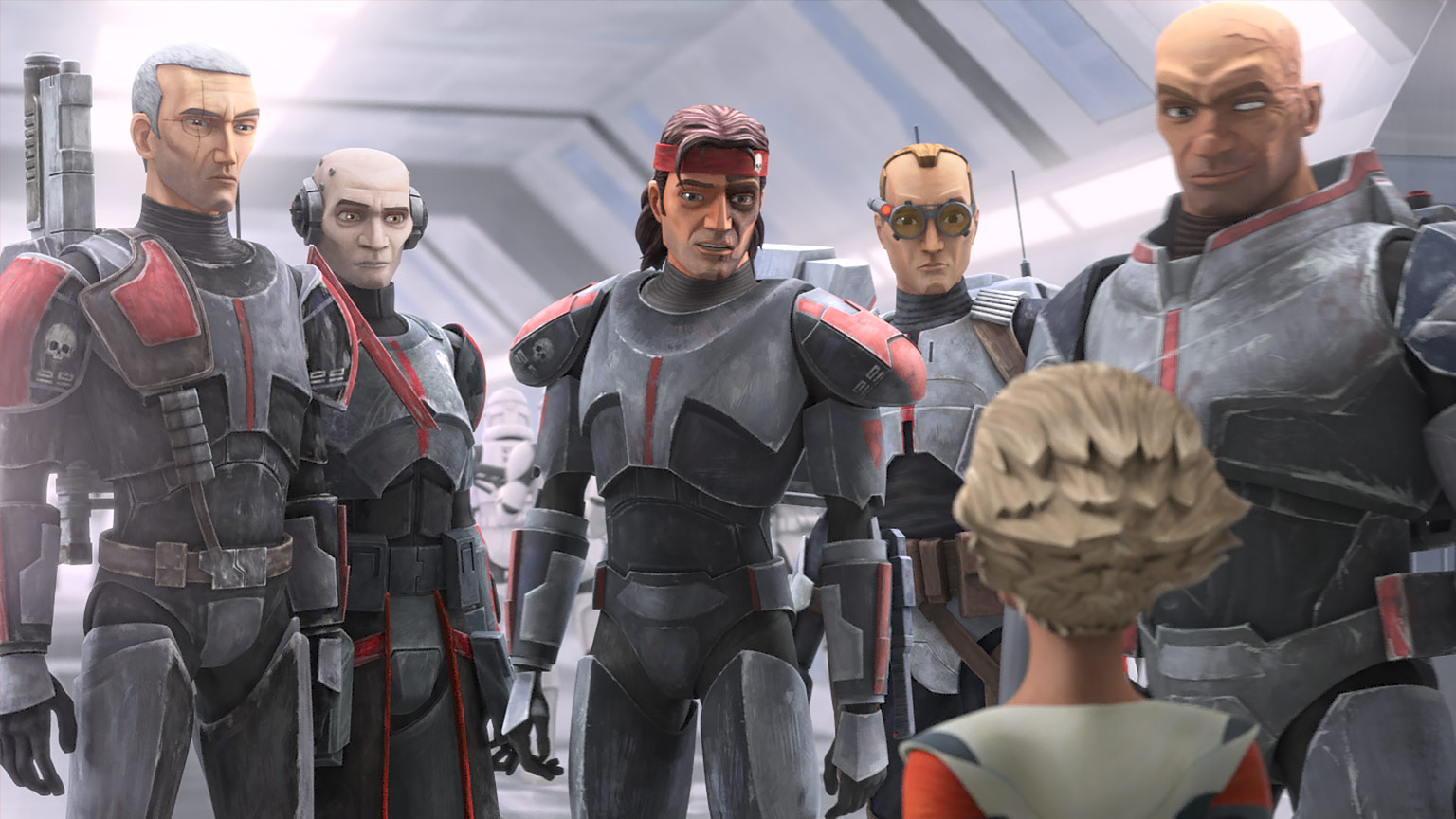
I have not watched much of The Clone Wars, so this was super helpful. Thank you for writing this!!